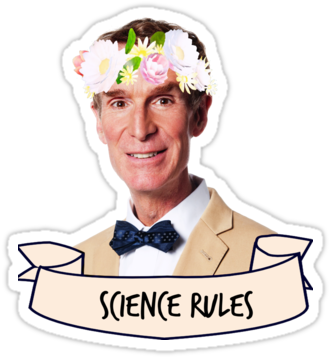this post was submitted on 12 Nov 2025
206 points (94.0% liked)
Science Memes
17325 readers
2545 users here now
Welcome to c/science_memes @ Mander.xyz!
A place for majestic STEMLORD peacocking, as well as memes about the realities of working in a lab.

Rules
- Don't throw mud. Behave like an intellectual and remember the human.
- Keep it rooted (on topic).
- No spam.
- Infographics welcome, get schooled.
This is a science community. We use the Dawkins definition of meme.
Research Committee
Other Mander Communities
Science and Research
Biology and Life Sciences
- !abiogenesis@mander.xyz
- !animal-behavior@mander.xyz
- !anthropology@mander.xyz
- !arachnology@mander.xyz
- !balconygardening@slrpnk.net
- !biodiversity@mander.xyz
- !biology@mander.xyz
- !biophysics@mander.xyz
- !botany@mander.xyz
- !ecology@mander.xyz
- !entomology@mander.xyz
- !fermentation@mander.xyz
- !herpetology@mander.xyz
- !houseplants@mander.xyz
- !medicine@mander.xyz
- !microscopy@mander.xyz
- !mycology@mander.xyz
- !nudibranchs@mander.xyz
- !nutrition@mander.xyz
- !palaeoecology@mander.xyz
- !palaeontology@mander.xyz
- !photosynthesis@mander.xyz
- !plantid@mander.xyz
- !plants@mander.xyz
- !reptiles and amphibians@mander.xyz
Physical Sciences
- !astronomy@mander.xyz
- !chemistry@mander.xyz
- !earthscience@mander.xyz
- !geography@mander.xyz
- !geospatial@mander.xyz
- !nuclear@mander.xyz
- !physics@mander.xyz
- !quantum-computing@mander.xyz
- !spectroscopy@mander.xyz
Humanities and Social Sciences
Practical and Applied Sciences
- !exercise-and sports-science@mander.xyz
- !gardening@mander.xyz
- !self sufficiency@mander.xyz
- !soilscience@slrpnk.net
- !terrariums@mander.xyz
- !timelapse@mander.xyz
Memes
Miscellaneous
founded 2 years ago
MODERATORS
you are viewing a single comment's thread
view the rest of the comments
view the rest of the comments

Mitochondria have DNA. Mitochondria are passed from mother to child through the egg. The egg used in the scenario would have mitochondrial DNA from the mother mouse. All of what would typically be called mouse DNA came from the two male mice. So, technically DNA from the maternal line, but only mitochondrial DNA, not mouse DNA.
Edit: ah, autocorrect.
Thank you for the response, but I guess this will require some research on my part to understand. Biological sciences were never my thing, I'm afraid.
Like most things, it's pretty simple from the far view. But there are a lot of details, much of which scientists are still trying to figure out.
The short version is, mitochondria, those powerhouses of the cell, have their own DNA, just like some bacteria. They do their own living, dividing, and dying, and have their own lineage. When a cell splits, some of the mitochondria go to each cell. So the mitochondrial DNA will be inherited from whoever donated the cell, or egg in this instance. So the lineage of the mitochondria would be related to the mitochondria of the egg donor and any other offspring she had, but the DNA in the nucleus, the mouse DNA, wouldn't be related to her.
...and that opens the door to mitochondrial diseases, all of which are pretty terrible.